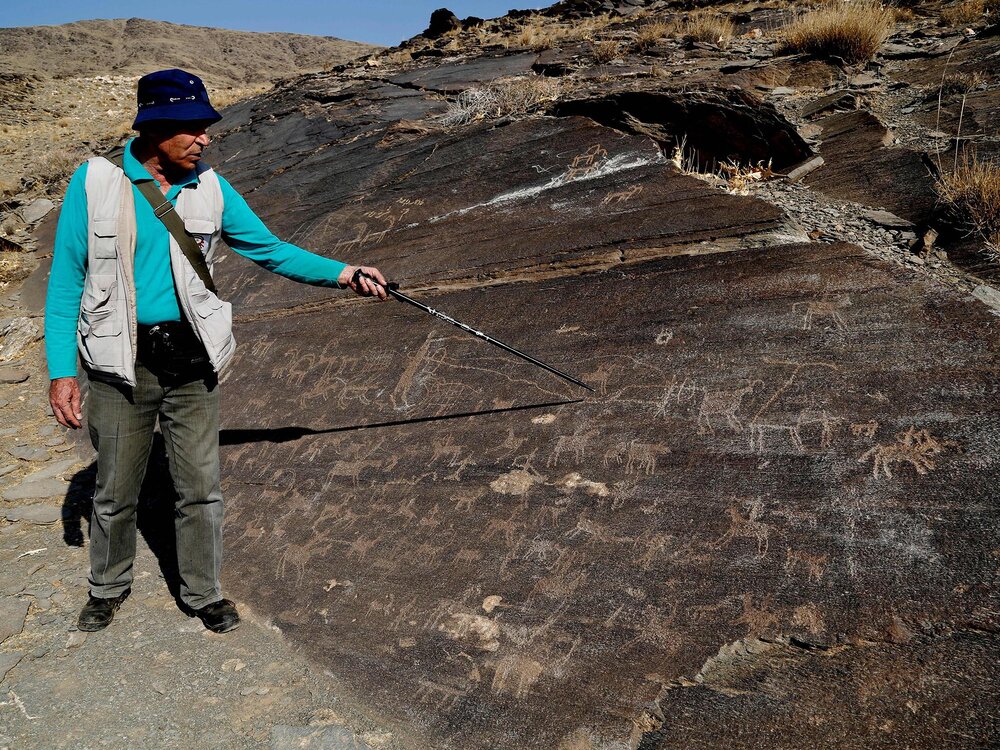Iranian, Japanese archaeologists hold conference online

TEHRAN – The 20th Iran-Japan archaeological conference has been held online with over 100 experts, students and researchers were in attendance.
The webinar was held on Saturday in close collaboration with the Iranian embassy in Tokyo, the Research Institute for Cultural Heritage and Tourism, and Kanazawa University.
The objectives of the conference, according to organizers, were to help archaeologists and students gain a deeper and more balanced understanding of Iranian archaeological and historical research.
It also aimed to give them a better grasp of the corporate activities of Iran and Japan.
A history of Iran-Japan archaeological research; southern Iran (Fars region) during the Neolithic period; excavations at Kale Kub in South Khorasan, eastern Iran; and bronze working technology in transitional Iron Age; and excavation at Aliabad (A Bronze Age site in Boukan area, northwest Iran) were among topics discussed in the event.
The early history of Iran may be divided into three phases: the prehistoric period, beginning with the earliest evidence of humans on the Iranian plateau (c. 100,000 BC) and ending roughly at the start of the 1st millennium BC; the protohistoric period, covering approximately the first half of the 1st millennium BC; and the period of the Achaemenian dynasty (6th to 4th century BC), when Iran entered the full light of written history.
Some experts say that the civilization of Elam, centered off the plateau in lowland Khuzestan, is an exception, for written history began there as early as it did in neighboring Mesopotamia (c. 3000 BC).
AFM/
Leave a Comment